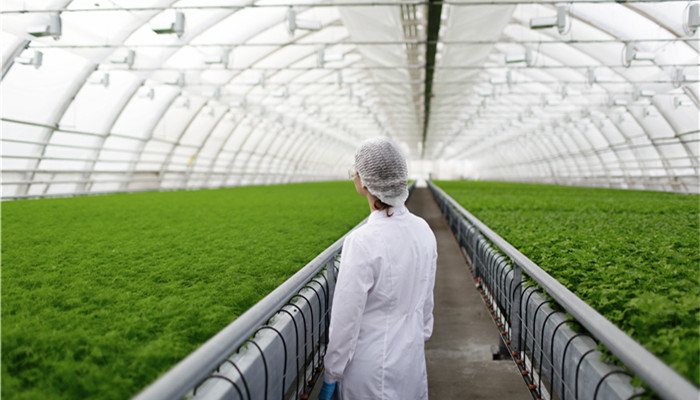
2,6-Difluorobenzamide (DFBA) is mainly used in pesticide production, with global production capacity concentrated in China.
2,6-Difluorobenzamide, referred to as DFBA, is a chemical substance with the chemical formula C7H5F2NO. It appears as a white to off-white powder. It is insoluble in water, easily soluble in organic solvents such as ethanol and acetone, and slightly soluble in benzene. 2,6-Difluorobenzamide is a key intermediate for the synthesis of benzoylurea insecticide chemical pesticides, including diflubenzuron, lufenuron, etoxazole, etc., and the market demand is huge.
There are various production methods for 2,6-difluorobenzamide, mainly including hydrolysis method, which refers to using 2,6-difluorobenzonitrile (DCBN) as raw material and alkali metal fluoride as fluorinating agent through fluorination and hydrolysis. The method of reaction to generate DFBA; the hydrogenation reduction method refers to the method of using 2,3,6-trichlorobenzonitrile as raw material, fluorination and enhanced reduction reaction to synthesize DFBA. Among them, the hydrolysis method is currently the most commonly used method for industrial production of DFBA.
Pesticides are the main application field of 2,6-difluorobenzamide. In this field, 2,6-difluorobenzamide is mainly used in benzoylurea insecticides such as flufluturon, diflufenuron, and difenturon. , diflubenzuron, lufenuron, etoxazole, etc., as well as the production scene of the triazolopyrimidine sulfonamide herbicide diflufenac. Benzoylurea insecticides have the advantages of high insecticidal activity, wide range of insecticides, biodegradability, high safety, good environmental protection, and low resistance to antibiotics, and have broad application space in the agricultural field; difluorosulfonate Oxinamide is a type of low-toxic, systemic, broad-spectrum herbicide that can be widely used in the cultivation of corn, wheat, soybeans and other crops.
According to the “2023-2028 2,6-difluorobenzamide (DFBA) industry market in-depth research and investment” released by the Industrial Research Center Prospect Forecast Analysis Report shows that the global benzoyl urea pesticide market size has reached US$1.83 billion in 2022. With the rapid development of the downstream market, the global 2,6-difluorobenzoyl The market demand for amides continues to increase, and the industry has broad prospects for development. At present, the global consumption demand for 2,6-difluorobenzamide is mainly concentrated in Brazil, the United States, India, Argentina and other countries, but the production capacity is mainly concentrated in China.
At this stage, my country’s annual production capacity of 2,6-difluorobenzamide has exceeded 7,000 tons. Domestic 2,6-difluorobenzamide manufacturers mainly include Zhejiang Zhongxin Fluoro Materials, Henan Lvkang Biotechnology, Zhejiang Lianhua Technology, Henan Heguang Biotechnology, Jiangsu Ruiheng New Material Technology, Jiangsu Yangnong Chemical, etc. Affected by increasing environmental pressure and fluctuations in downstream demand, some domestic companies have gradually withdrawn from the market. Currently, Zhongxin Fluorine Materials, Lianhua Technology, and Henan Lvkang are the main domestic suppliers of 2,6-difluorobenzamide, and the industry is concentrated The degree is higher.
Industry analysts said that 2,6-difluorobenzamide is used in the production of benzoylureas Important intermediates for the insecticides flufluuron, difenturon, crofenturon and the new herbicide flusulam, the market demand for them continues to grow amid the rapid development of the downstream pesticide market. At present, my country is the main producer of 2,6-difluorobenzamide in the world, and domestic products are also exported abroad in large quantities on the basis of meeting domestic market demand. It can be seen that my country has high bargaining power in the global 2,6-difluorobenzamide market and has broad prospects for industry development.

 微信扫一扫打赏
微信扫一扫打赏

